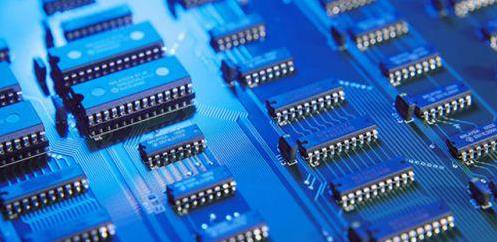Sony once dreamed of catching up to Intel

If it is said that the current Japanese #semiconductor company wants to surpass Intel, many people will laugh it off. Although Intel was surpassed by Samsung last year, it is still one of the strongest semiconductor manufacturers on this blue star. As for Japanese semiconductor manufacturers, no matter what they do #Kioxia for storage, #Sony for sensors, or Renesas, which has developed rapidly in recent years, have not even made it into the TOP 10 of global semiconductor manufacturers, which can be said to have lost their reputation.
But what everyone admits is that in the 1980s, several Japanese factories could be said to be all-powerful, and #Philips, #Intel, Motorola, etc. were just the losers of Japanese semiconductors.
However, after the short-lived glory of Japanese semiconductors in the 1980s, they were defeated by the United States. In 1985, the United States signed the "Plaza Agreement" with Japan, and the sharp appreciation of the yen against the US dollar led to a bubble in the Japanese economy. Gradually shattered, causing a wave of heavy blows to Japan's domestic semiconductor industry.
In early 1986, the U.S. Department of Commerce ruled that there was unfair competition and low-price dumping in Japanese memory, and imposed 100% anti-dumping duties on Japan; in June 1987, the U.S. passed the "Toshiba Sanctions Act", canceling a series of procurement contracts and banning all Toshiba products. Products are exported to the United States for 2 to 5 years; in 1991, the United States and Japan once again signed a five-year "New Semiconductor Agreement", and the United States requires foreign semiconductors to have a market share of 20% in Japan.
Various unequal agreements and sanctions have turned the five Japanese semiconductor giants, including #Fujitsu, #NEC, #Hitachi, #Toshiba, and #Mitsubishi, from prosperity to decline, and handed over this market with unlimited potential to the United States. In 1996, American semiconductors occupied 30 % of the global market share, while Japan's semiconductor has less than 30%, the gap between the two countries is gradually widening.
In order to help Japanese local semiconductor manufacturers get out of the predicament, Japanese companies have also made some self-help adjustments. In 1999, NEC and Hitachi divested their DRAM business respectively and established a new company, Elpida, which followed Mitsubishi Electric’s DRAM department. Also merged into Elpida, intended to fight against American DRAM companies.
With the birth of the Cell processor, Sony gasped its determination to catch up with Intel. However, with the departure of Cell, perhaps the determination to catch up with the United States in the semiconductor industry will also dissipate.



